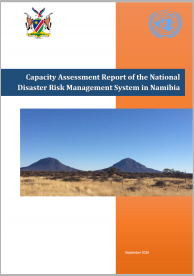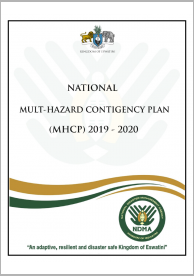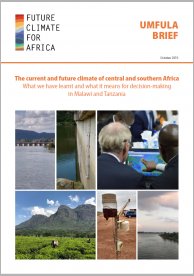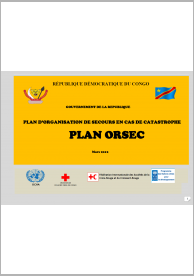
The national capacity assessment identified existing capacities, gaps and needs related to disaster risk management, and proposed a set of prioritized recommendations on how these capacities can be strengthened.
The following is a list of all conten labeled as "Food Security & Agriculture"

The national capacity assessment identified existing capacities, gaps and needs related to disaster risk management, and proposed a set of prioritized recommendations on how these capacities can be strengthened.

Risk Atlas of the Atsimo Andrefana Region. It includes information and mapping regarding physical geography of the region; settlements, infrastructure, health and agricultural sectors and climatic hazards, such as cyclones, droughts and floods.

The updated National Multi Hazard Contingency Plan (MHCP) is fundamental for better preparedness at all levels, anticipating potential hazards, response readiness with provision for emergency assistance therefore, minimizes the impact, saves lives and ease sufferings of the affected population.

This document presents the Swaziland Resilience Strategy and Action Plan (SRSAP), which is aimed at making the country safer, adaptive and more resilient to all hazards for all generations.

This National Climate Change Policy aims to provide the enabling policy framework to guide Swaziland to address the challenge posed by climate change.

Food security map with district and provincial limits for the year 2016/17.

After 4 years of research by a multi-disciplinary team and co-production in partnership with government staff, the UMFULA project has released a briefing note that discusses "The current and future climate of central and southern Africa: What we have learnt and what it means for decision-making in Malawi and Tanzania".

Poverty Reduction Strategy Papers (PRSPs) are prepared by member countries in broad consultation with stakeholders and development partners, including the staffs of the World Bank and the IMF.

This Strategy is divided into nine priority axes which are:

The ORSEC PLAN is intended to be a first step and a very important step in the perspective of the constitutional response to the question of national emergencies, constituting for the government a first-hand tool allowing it, not only, to know who is responsible for what task in case of which circumstance, but also the modality of activation of it and the coordination of intervention activities